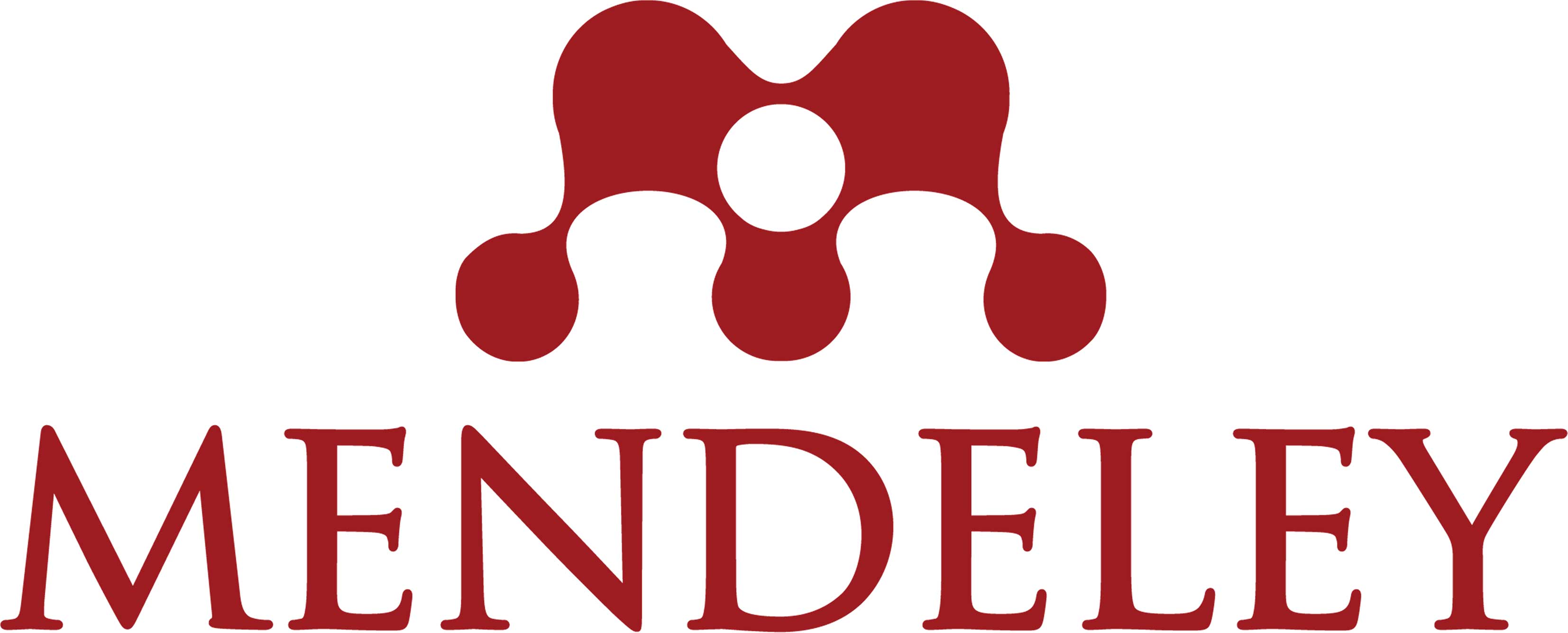EFEKTIFITAS TEKNIK DISPUTE COGNITIVE UNTUK MENGURANGI PERILAKU NONSUICIDAL SELF-INJURY (STUDI KASUS PADA MAHASISWI TRAUMA)
Abstract
Artikel ini bertujuan untuk mengetahui efektifitas Teknik Dispute Cognitive untuk mengurangi perilaku Nonsuicidal Self-Injury (NSSI) pada kasus stres akibat trauma konflik dalam keluarga. Subjek dalam penelitian ini adalah mahasiswi yang mengalami stres akibat trauma konflik orang tua. Pengambilan sampel menggunakan teknik purposive sampling yaitu responden diambil dengan pertimbangan dan tujuan tertentu yaitu memiliki perilaku NSSI yaitu cutting (menyilet tangan/ bagian tubuh lain). Penelitian ini menggunakan pendekatan kualitatif dengan metode yang digunakan adalah single subject research dengan menggunakan desain A-B, dimana A adalah kondisi baseline yang belum diberikan intervensi, dan B kondisi intervensi dengan teknik dispute cognitive yang diberikan kepada mahasiswi yang mengalami stres. Teknik pengumpulan data yang digunakan dalam penelitian ini adalah wawancara semi terstruktur. Data dikumpulkan melalui wawancara zoom meeting. Hasil penelitian menunjukkan intervensi pendekatan Rational Emotive Behavioral Therapy (REBT) dengan menggunakan Teknik Dispute Cognitive secara efektif dapat menangani perilaku Nonsuicidal Self-Injury (NSSI) pada mahasiswi yang mengalami stres akibat trauma konflik orang tua.
References
American Psychiatric Association. (2013). Diagnostic and Statistical Manual of Mental Disorders (5th ed.). Washington DC : American Psychiatric Publishing
Caperton, Barbara. (2004). What School Counselors Should Know About Self Injury Among Adolescents: A Literature Review. A Research. Paper : University of Wisconsin-Stout
Cipriano, A., Cella, S., & Cotrufo, P. (2017). Nonsuicidal Self-injury: A Systematic Review. 8, 1-14. doi: 10.3389/fpsyg.2017.01946
Creswell, J.W. (2017). Research design : pendekatan kualitatif, kuantitatif, dan mixed. Yogyakarta : PT Pustaka Pelajar
Dryden, W. (2003). The REBT Pocket Companion For Clients. New York : Albert Ellis Institute
Ee, G. T., & Mey, S. C. (2011). Types of self-hurt behavior among chinese adolescents in Malaysia. Procedia - Social and Behavioral Sciences, 29, 1218–1227
Ellis, A. & Dryden, W. (2007). The Practice of Rational Emotive Behavior Therapy (2nd ed.). Berlin : Springer
Fara, E. (2012). Resiliensi pada dewasa awal berlatar belakang budaya aceh yang mengalami bencana tsunami 2004. Skripsi tidak diterbitkan. Universitas Indonesia, Depok
Fox, K. R. (2015). Meta-analysis of risk factors for nonsuicidal self-injury. Clinical Psychology Review. 42: 156–167. doi:10.1016/j.cpr.2015.09.002.
Gardner, F. (2002). Self-Harm A Psychotherapeutic Approach. United Kingdom: Taylor & Francis eLibrary
Hurlock, E. B. (1999). Psikologi Perkembangan: Suatu Pendekatan Sepanjang Rentang Kehidupan. Jakarta : Erlangga
Institute of Medicine and National Research Council. (2015). Investing in the Health and Well-Being of Young Adults. Washington DC: The National Academies Press. https://doi.org/10.17226/18869
Komalasari. (2011). Teori dan Teknik Konseling. Jakarta : Indeks
Kurniawati, R. (2012). Dinamika Psikologis Pelaku SelfInjury (Studi Kasus pada Wanita Dewasa Awal). Jurnal Penelitian dan Pengukuran Psikologi. 1(1),13-22. Diunduh dari http://journal.unj.ac.id/unj/index.php/jppp/article/download/323/270/
Maidah, D. (2013). Self Injury Pada Mahasiswa (Studi Kasus Pada Mahasiswa Pelaku Self Injury). Skripsi. Universitas Negeri Semarang
Santrock, J. W. (2012). Life-Span Development (Edisi ke-13). Jakarta : Erlangga
Selby, E. A., Nock, M. K., & Kranzler, A. (2014). How does self-injury feel? Examining automatic positive reinforcement in adolescent self-injurers with experience sampling. Psychiatry Research, 215(2), 417–423.https://doi.org/10.1016/j.psychres.2013.12.005
Tresno, F., Ito, Y., & Mearns, J. (2012). Self-Injurious Behavior and Suicide Attempts Among Indonesian College Students. Death Studies,Zalyaleolita Yuliandhani Helmi Zakaria, Ria Maria Theresa 90 36(7), 627–639. https://doi.org/10.1080/07481187.2011.604464
Copyright (c) 2022 Erly Yunita, Yeni Karneli

This work is licensed under a Creative Commons Attribution-ShareAlike 4.0 International License.
Authors who publish with this journal agree to the following terms:
1) Authors retain copyright and grant the journal right of first publication with the work simultaneously licensed under a Creative Commons Attribution License that allows others to share the work with an acknowledgment of the work's authorship and initial publication in this journal.
2) Authors are able to enter into separate, additional contractual arrangements for the non-exclusive distribution of the journal's published version of the work (e.g., post it to an institutional repository or publish it in a book), with an acknowledgment of its initial publication in this journal.
3) Authors are permitted and encouraged to post their work online (e.g., in institutional repositories or on their website) prior to and during the submission process, as it can lead to productive exchanges, as well as earlier and greater citation of published work.





